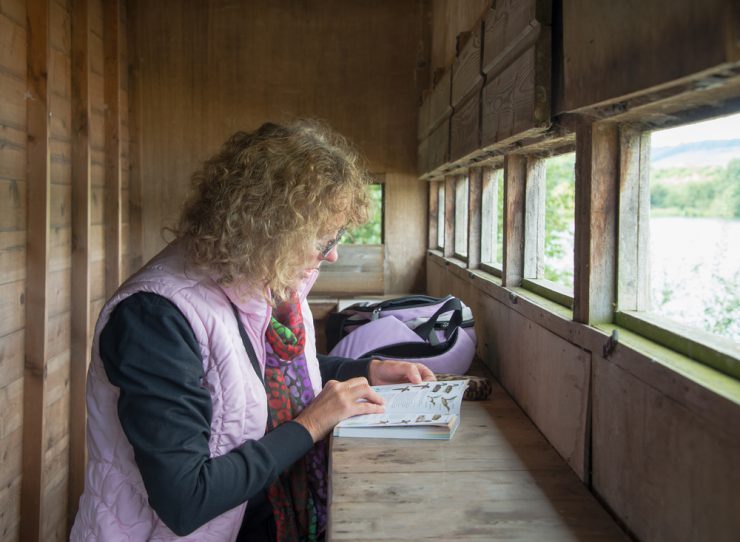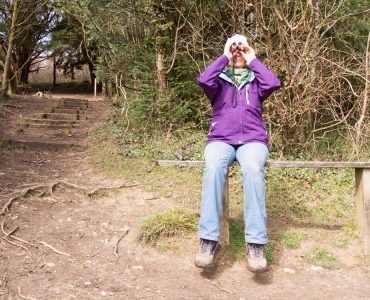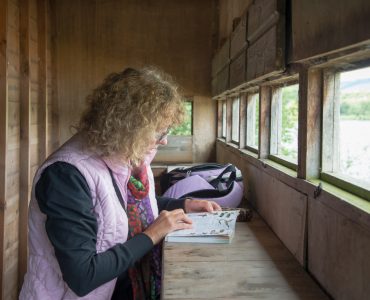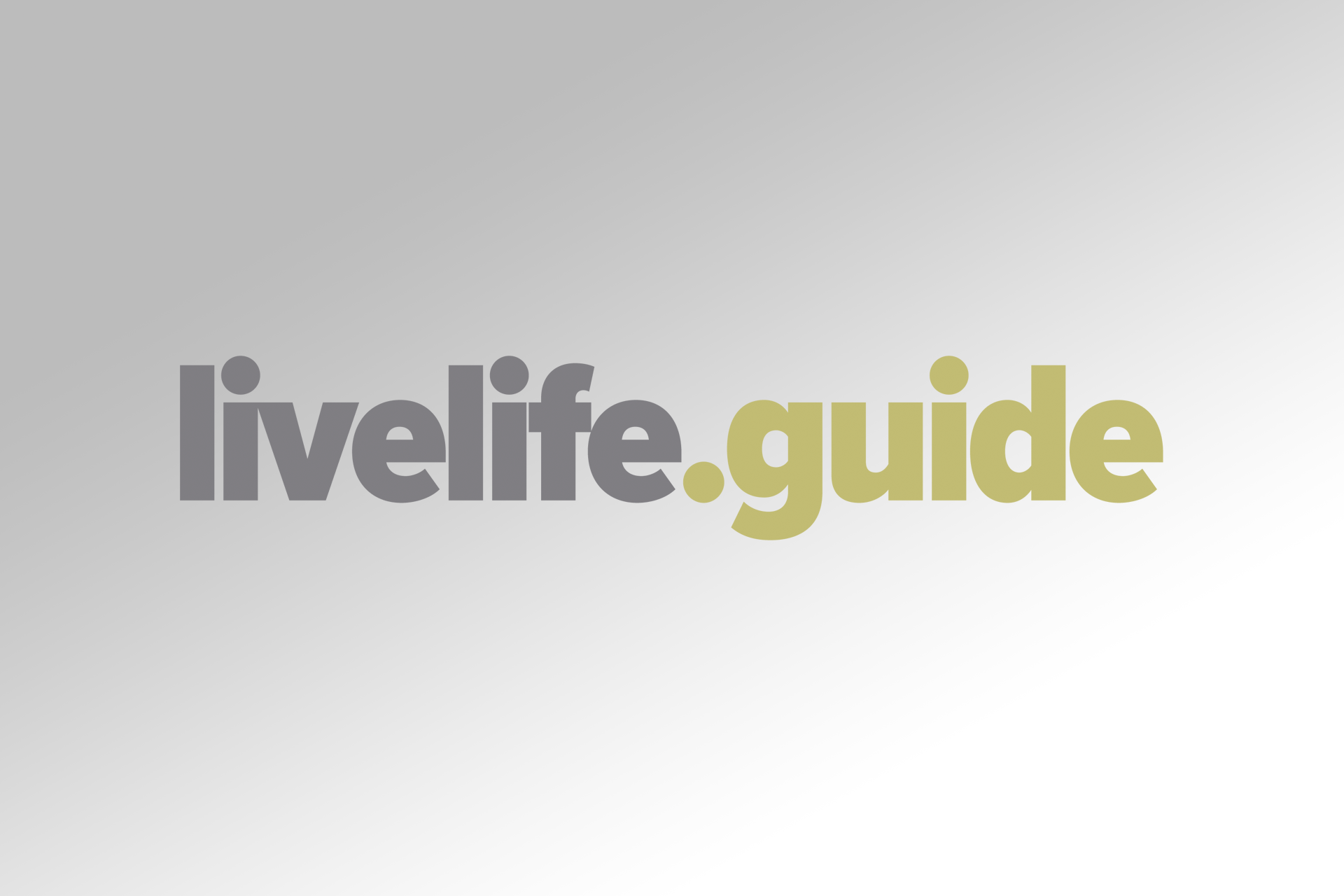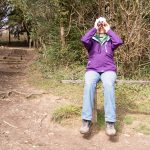The Coot, or Fulica Atra as it is known scientifically, is a very amiable bird, with its plump body structure and very likable disposition. It has a very short tail and resembles the moorhen in many ways. The plumage of this bird is a sooty kind of greyish tone, with a white bill and front side above the bill. The bill however, sometimes can appear a pinkish or yellowish shade. The legs have all lobed toes, which are a silvery grey tone, with the sides being a yellow to greenish shade. At the spot just over the knees of the bird, which is actually the ankle joint, there is an orange or reddish garter like colouring. The bird in the juvenile stage is more of a greyish brown colour with a lot of white colouring on the face and neck area.
When born, the nestlings tend to appear black and very downy, with an orange head. And around the tiny birds neck would be a bunch of yellowish feathers. Seeing all the different coloured stages in the life cycle of this bird, it can be stated to be a highly decorative Coot. The bird generally grows to lengths of about 36 to 38 cm, and weighs about 600 to 1000 grams. The wing span is close to about 70 or 80 cm. the bird is found all year round, living through all the seasons.
The sounds produced by the coot have a large variety of distinctions. The large gamut of voices it can produce is indeed amazing, with the most distinctive one being a high pitched, metallic sound going something like a ‘cut’. A very less number of the British coots tend to migrate to warmer weather during the winter season. Most of them gather into large flocks and stay together near huge reservoirs or even gravelled pits. In addition, the birds from Scandinavia tend to join these flocks invariably, most of them migrating from the southern regions. Hence, the winter population of the coots in Britain is extremely large.
Feeding habits of the coots include aquatic plants such as the duckweed and water grasses. They also go for small animals like the snails or larvae which are found at the bottom of riverbeds or ponds, and which they bring up from the water. When living in gardens the coots generally feed on soft seeds and scraps from the kitchen.
The bird’s nests are seen on shallow waters using dead vegetation and twigs from the water plants. The nest is normally found in vegetation shielded areas. A negative aspect of this bird is that they can get involved in highly dangerous territorial tiffs during their breeding season, which starts off in the middle of March. The female has about 5 to 15 eggs with only 2 or 3 clutches. The incubation period lasts for 21 to 24 days, and both parents of the young bird play their roles in the stage. The newly hatched birds are normally seen to be led into the water by the male bird.


